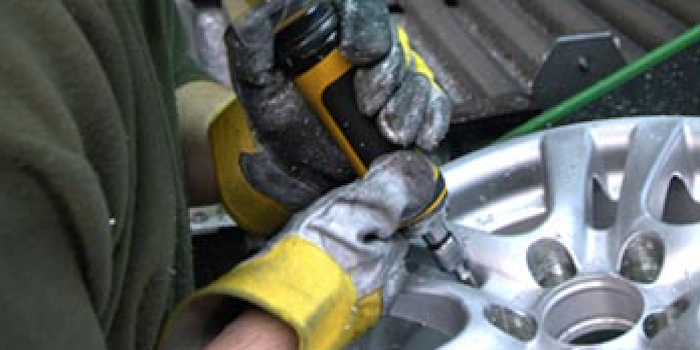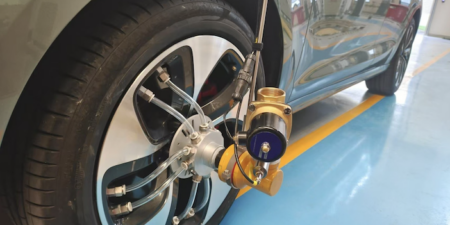Most modern cars have alloy wheels on their car. Curious minds will wonder, how are they made? These are the 10 steps in the process is for creating alloy wheels…
Step 1: Raw aluminium is shipped into the factory
After being mined, aluminium is shipping into the factory for processing. Here the employees will check for the quality of the aluminium and discard any pieces of aluminium that do not meet standards.
Step 2: Raw materials chemical analysis
Along with the employee checks, the raw material undergoes some comprehensive chemical checks to ensure that it is indeed aluminium. Machines test the chemical balance and any materials that do not meet the required standards are discarded.
Step 3: Melting process
The next step is to start the building process. The approved material is moved into the oven to start the melting process. This process is quite quick. It can take 10-30 minutes to melt the aluminium into a workable material.

Step 4: Enamel casting
The process of making alloy wheels is with low-pressure die-casting technology. The castings are tested using Yxlon automatic X-ray machines.

Step 5: X-Rays
The wheels are checked for quality, as well as for any damage or defects.
Step 6: Tilt milling
Once the wheels have been checked for quality, they are then put through the process of tilt milling. Employees use a tilt mill tool that removes metal by rotating a multi-tooth cutter that is fed into the moving work piece. The spindle can be fed up and down with a quill feed lever on the head.

Step 7: Inspection
A manual inspection is completed on the wheel to check for any defects. They measure the individual elements of the wheel to make sure that they meet the design specification. A ‘brute force’ inspection is also completed, with the wheel put under some immense pressure to find the breaking point.
Step 8: Decorating and treatment
The wheel is then moved to the painting and treatment stage. The wheel goes through a series of stages to protect the wheel from the ongoing damage that vehicles may subject them to. Through a series of machines, the process is automatic.
Step 9: Quality control
A bit like the inspection stage, the wheel is then checked for quality. After it has been painted and protected, an employee will sit by the conveyor belt and check the wheel for any marks or dents that will prevent it from sale.

Step 10: Shipping
Once the wheel has been created and inspected, the wheel is ready for shipping to wherever it needs to go.





